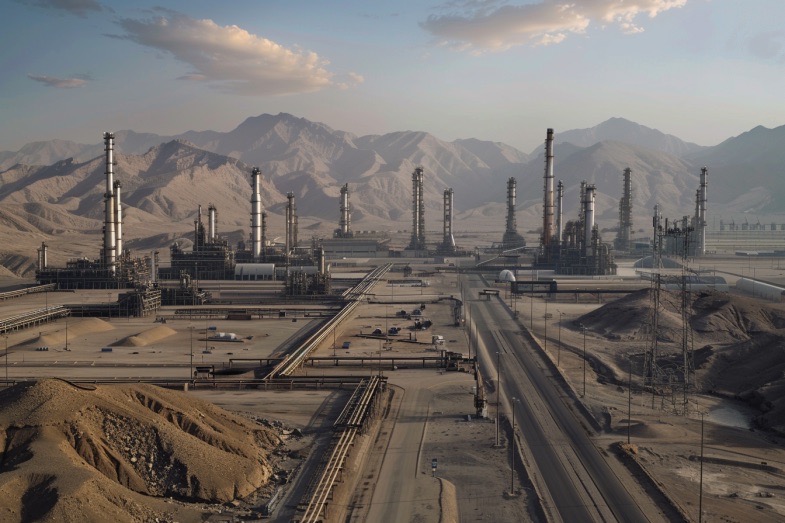Devastation in Afghanistan: Earthquake Leaves Hundreds Dead and Thousands Injured
In a tragic turn of events, a powerful 6.0-magnitude earthquake struck Afghanistan’s mountainous eastern region on Sunday, causing widespread destruction and claiming the lives of hundreds while leaving over a thousand injured. As the dust settles, rescuers are racing against time to reach the hardest-hit, remote communities in desperate need of assistance.
Death Toll Rises in Kunar and Nangarhar Provinces
Abdul Mateen Qaney, spokesperson for the Afghan Interior Ministry, revealed that at least 610 people lost their lives and 1,300 sustained injuries in Kunar and Nangarhar provinces, located near the border with Pakistan. The impact was so severe that a “large number” of houses were completely destroyed in Kunar, as reported by Qaney.
Challenges Faced by Relief Teams
Despite the best efforts of relief teams, reaching the most remote communities has proven to be a daunting task. Landslides further complicated the situation, hindering the progress of rescuers as they strive to provide aid to those in need, according to the Taliban’s state-run Bakhtar News Agency (BNA).
Epicenter of Destruction: Jalalabad
The earthquake struck just before midnight, originating 27 kilometers north-east of Jalalabad, a bustling city with a population of approximately 200,000 in Nangarhar Province. The relatively shallow depth of 8km added to the intensity of the tremors, as reported by the United States Geological Survey (USGS).
Human Tragedy Unfolds in Kunar Province
Local officials confirmed the grim reality of the situation in the mountainous northeastern Kunar province, where at least 250 individuals perished and over 500 others sustained injuries. The challenging terrain has made it difficult for rescue teams to navigate, as stated by health ministry spokesperson Sharafat Zaman.
Widespread Impact Across the Region
Nearly half a million people in the region experienced strong to very strong shaking, leading to significant damage to poorly constructed buildings, as noted by the USGS. The aftermath of the earthquake was felt even in cities across neighboring Pakistan, underscoring the widespread impact of the disaster.
Continued Aftershocks and Alert System
The region experienced multiple aftershocks, with the strongest measuring 5.2-magnitude in the hours following the initial quake, according to USGS data. An orange alert issued by the USGS PAGER system warned of potential economic and human losses, signaling the need for a prompt response to mitigate further devastation.
Afghanistan’s History of Seismic Activity
Afghanistan has a tumultuous history with earthquakes, particularly in the mountainous Hindu Kush region bordering Pakistan. The recent disaster serves as a grim reminder of past tragedies, such as the deadly 6.3 magnitude earthquake in October 2023 that claimed the lives of over 2,000 individuals in western Afghanistan.



